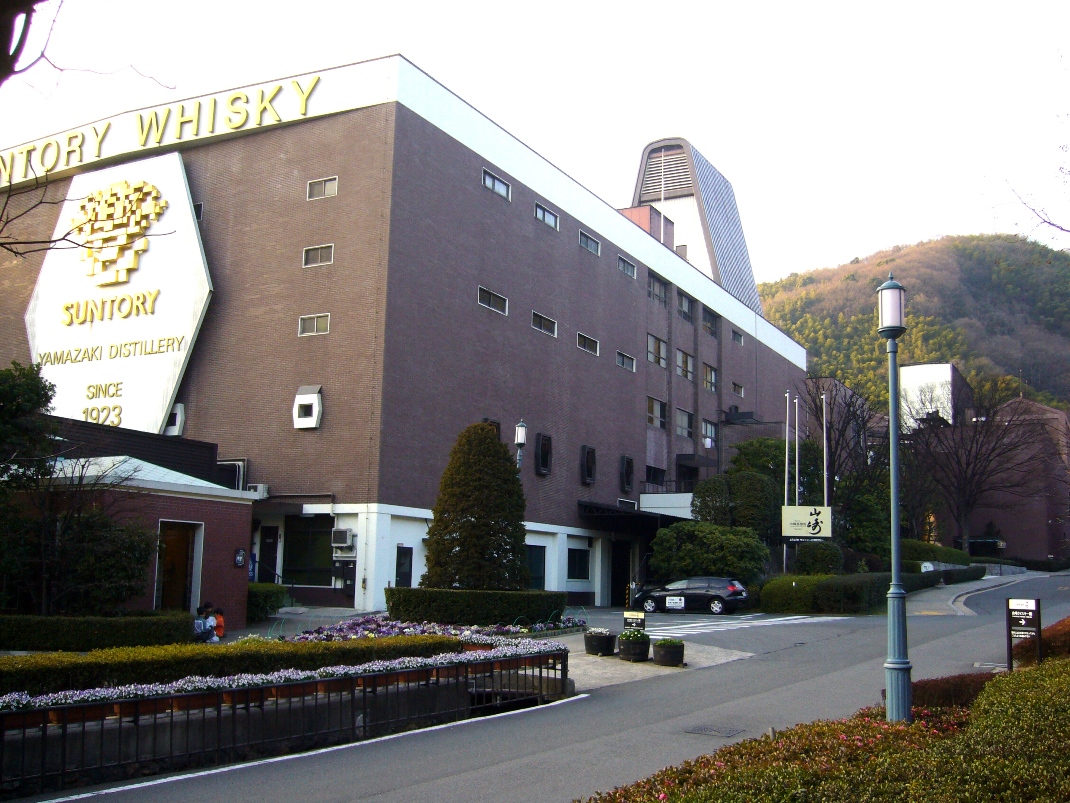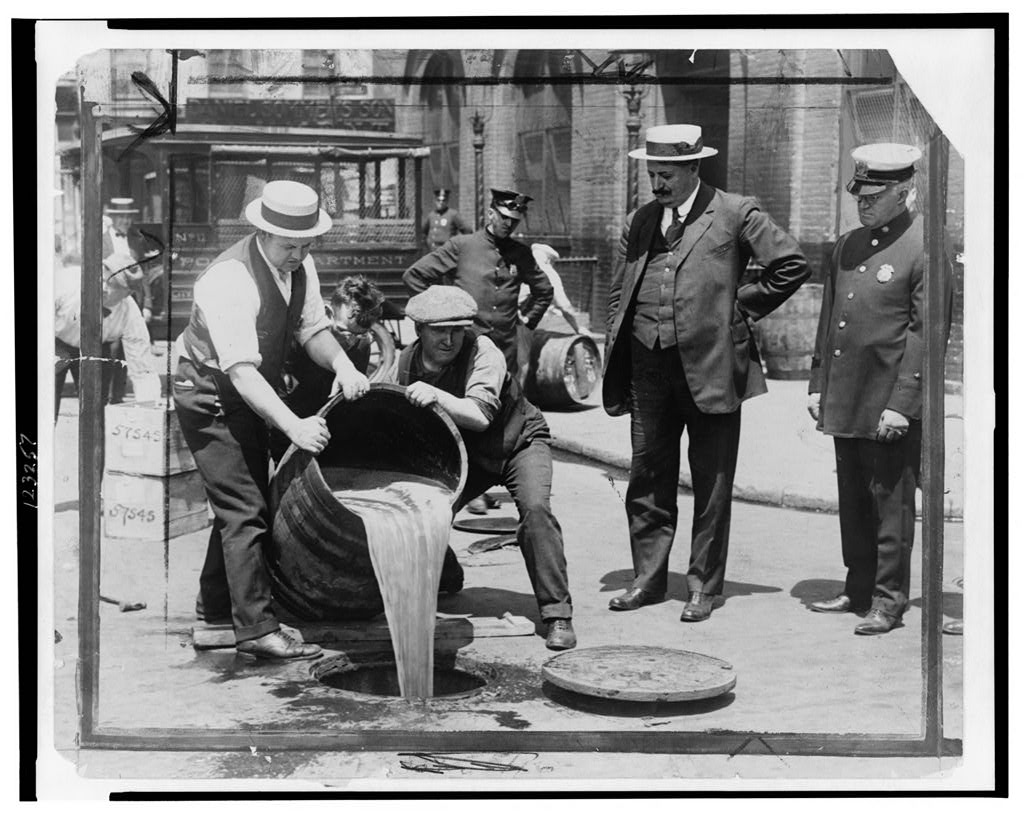2018 marks a century since the founder of Nikka Whisky, Masataka Taketsuru, set out on a journey that would alter the history of Japanese whisky. Based primarily on his serialized autobiography originally published in Nikkei in 1968, in Part Six Taketsuru returns to Japan and prepares to establish the first whisky distillery in Japan in Yamazaki. Click here to read previous entries in this series.
Journey back to Japan
Like Japan, Scotland’s whisky industry was going through a transformation. DCL had become a force to reckon with under the guidance of W.H. Ross. The cartel proactively cooperated with the government during WW1, so their power and influence was continuing to grow. Beginning with the purchase of Haig in 1919, by 1927 the other four of the big five Scotch houses would enter the fold: the Walkers with Johnnie Walker, the Buchannans with Black & White, the Dewars, and the Mackeys with White Horse. DCL at one point controlled over 60% of the Scotch market. However, over the years their influence waned, eventually culminating in a fraudulent buy-out by Guinness. What was left of DCL eventually rolled into Diageo.
Across the pond in America, anti-German sentiment during WW1 put pressure on the mostly German-run alcohol industry. Prohibition passed thanks in part to the agriculture industry’s push towards “saving” grain from the alcohol industry. But the implementation turned out to be extremely difficult. Cue the bootleggers, smugglers, gangs of Chicagoland, beer pipeline, and Al Capone. Taketsuru, Rita, and Abe crossed America one year after Prohibition began.
Departing from San Francisco, the group arrived in Yokohama in November 1921. It had been over 3 years since Taketsuru had last been there. But they didn’t stay long in Yokohama: “We immediately headed to Tokyo. At the time, the area between Tokyo and Yokohama was just rice fields. One of my most vivid memories is Rita looking out at the rice fields prior to harvest, and asking ‘what is that?’ I explained it to her, but she looked really confused and said ‘oh, so those are trees that become rice.’”
Prior to arrival in Japan, Abe already made arrangements for a house for Taketsuru and Rita in Osaka’s Tezukayama. The house had a newly installed Western-style toilet, and the rent was 55 yen. Taketsuru’s new title was “Chief Engineer.” His monthly salary was 150 yen.
Settsu Shuzo Falters
But it wasn’t all rainbows and lollipops. “The intensity and momentum that the company had when I left for Scotland had all but disappeared,” Taketsuru writes. “The year I got back was the year that Settsu Shuzo was really hit by the post-war unrest. From 1921 to 1923, the alcohol industry was hit quite hard, and many of the players went bankrupt.”
Not to be deterred, Taketsuru immediately set out to make “real” whisky. It was, after all, the entire reason for his trip abroad, and making whisky in Japan was his dream. Budget were calculated, the factory size was decided, and blueprints were drawn. Taketsuru fully intended to make whisky in a Settsu Shuzo distillery. He also tried to sell a scaled-down version of the idea to his boss, Iwai.
Although Abe even pitched the idea to the board of directors on Taketsuru’s behalf, ultimately they were unanimous in their opposition to the plan. They simply didn’t have the funding available for whisky making, which took years to yield any viable product. Taketsuru’s whisky plan was formally rejected, and he would never be able to make real whisky at Settsu Shuzo. Within the company, rumors began to spread that Abe was being too nice to Taketsuru.
“All I could think about was making whisky. If they just wanted to continue making imitation whisky, they didn’t need me at all, as they had enough people capable of doing it,” Taketsuru writes. “I couldn’t just sit there, even though I had Abe on my side.” Taketsuru announced his resignation in 1922. Abe’s response was simply “That’s too bad.” Even so, Taketsuru remained indebted to Abe for having set many of the events of his life in motion. Later, when Taketsuru established the Yoichi Distillery, he attempted to repay some of that debt by offering Settsu Shuzo the very first whisky he produced. But ultimately that never happened. Through various mergers, Settsu Shuzo would eventually be rolled up into today’s Takara Holdings.
From 1922 until early 1923, Taketsuru spent some of the only months of his life away from making whisky. He became a chemistry teacher at a school nearby. Rita also did her part to make ends meet, teaching English at a different school, as well as becoming a private tutor for both English and piano. “Those few months were nice and homely, nearly enough to make me forget how sad I was to be away from making whisky,” he recalls.
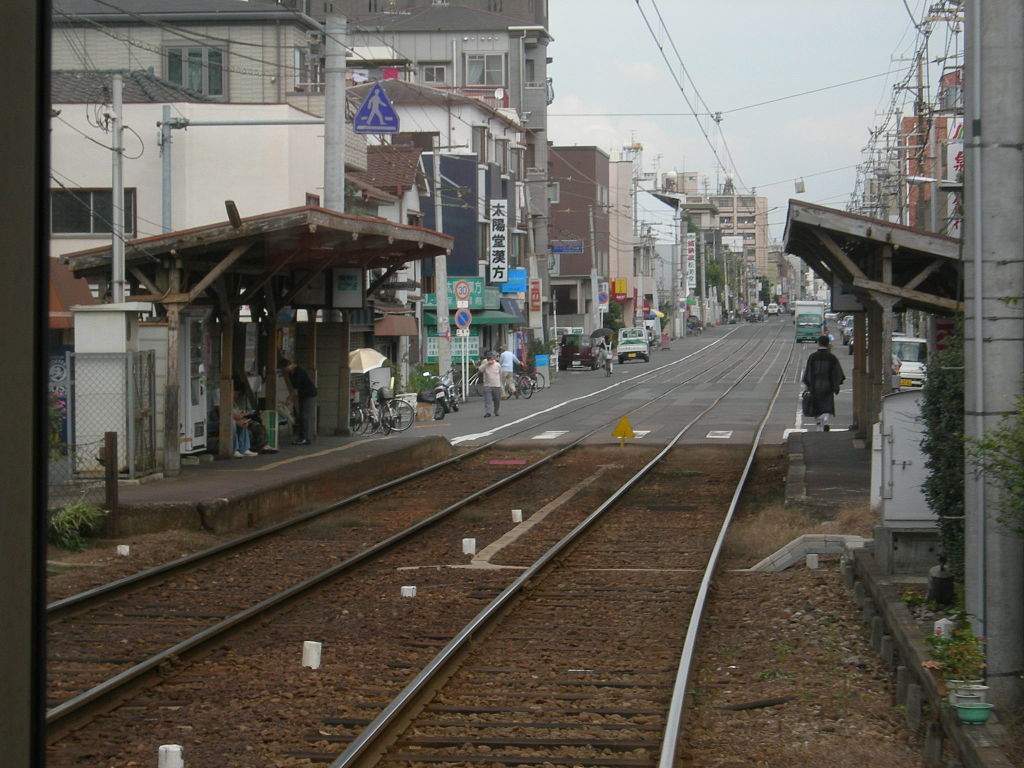
A couple months later in 1923, Shinjiro Torii of Kotobukiya visited the couple. It was the first time Taketsuru had seen Torii since coming back to Japan. Taketsuru quotes Torii:
Kotobukiya helps keep the dream alive
Kotobukiya, which would later become Suntory, was making a killing with Akadama Port Wine. While Taketsuru was in Scotland, Kotobukiya had given up using contract production, built a factory, a bottling plant, got an office in Tokyo, and even incorporated.
Torii visited Taketsuru’s home three times, and talks between the two progressed rapidly. Taketsuru gave his conditions, to which Torii agreed: Taketsuru would be fully in charge of the whisky, completely funded, his contract would be for 10 years, and his yearly salary would be 4000 yen. It was more than double what he was making only a few months back at Settsu Shuzo. The 10-year contract was because Taketsuru was including the time it would take for the whisky to mature, and the 4000 yen salary was what Torii had already expected to pay the engineer brought from Scotland.
There was one condition that Torii wouldn’t accept. “I told him that Hokkaido is best suited for a whisky distillery, but he replied, ‘products that people can’t go and see being made at a factory won’t sell well. The factory has to be near Osaka,’” he writes. Taketsuru didn’t push that condition any further:
And so Taketsuru joined Kotobukiya in June 1923. His first order of business was finding a good location for the distillery. “Locations for whisky distilleries have a lot of conditions, such as the air quality, proximity to a river, not getting too hot in the summer, and availability of peat,” he writes. Not just Osaka, but he also scouted out locations nearby like Takarazuka, Kishu, Saga, and Maiko. Ultimately he decided on Yamazaki, where the distillery is still in operation at the same location today. The land and water quality were surveyed, and by October 1923, the land was purchased.
A month prior, September 1923, the Great Kanto Earthquake occurred. Torii immediately chartered a ship to get Akadama Port Wine and Hermes Whisky to Tokyo. But this wasn’t an act of charity; both products sold exceptionally well. Kotobukiya’s position in the Kanto market was solidified.
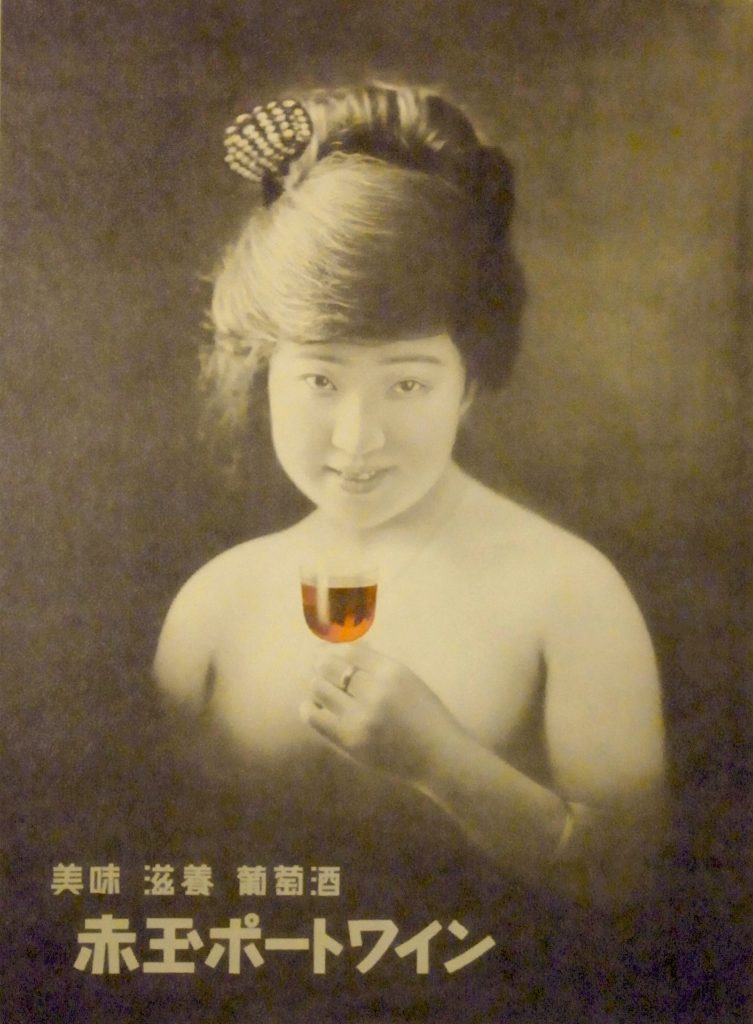
Japan’s first whisky distillery: Yamazaki Distillery
Ground was broken in Yamazaki in October 1923. Taketsuru was quite busy as he single-handedly ordered all of the facilities and equipment required. The malt mill and filtration system was ordered from Scotland. All of the other equipment, however, was made in Japan to specifications and detail provided by Taketsuru. The pot still was made by Watanabe Copper & Iron Works over the course of several months, with Taketsuru regularly making the trip into Osaka to provide details and oversee the manufacturing process.
Even getting the still to Yamazaki was another logistical challenge. With no big trucks back in those days, transporting it overland was impossible. The pot had to be taken by ship – upriver, against the flow. It then was pulled by horses to the distillery itself, and Taketsuru even had to negotiate with the railway as the horses had to pull the still over the Tokaido line’s train tracks. Taketsuru continues:
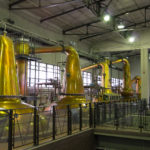
There were two fairly somewhat delicate aspects of whisky making that Taketsuru didn’t manage to capture in his notebook. The first is related to peating of malt, where malt is dried by being spread out on a mesh suspended from the ceiling, then burning peat underneath. He didn’t know the exact distance the mesh should be from the burning peat. The second was the distance between the burning coal and the bottom of the still, when using a coal-fired direct heat setup. The distance impacts the temperature of the distillation.
“I was meticulous about taking notes, but somehow I didn’t write these down,” Taketsuru writes. “Years later, I made a trip to Scotland specifically to get answers to those two questions, and some other smaller ones.”
Taketsuru toiled day and night to get everything to where it needed to be. It was his labor of love, though. Hard work doesn’t feel like hard work when you love what you’re doing, to paraphrase Taketsuru’s memoirs. When they were finally ready to apply for a distillation license to the Osaka Tax Control Office, they hit another obstacle: nobody had ever actually distilled whisky in Japan. The Osaka Tax Office wasn’t willing to make a decision, so it had to be debated within the Ministry of Finance. Finally, in April 1924, they received the necessary clearance.
All included, the factory cost about 2 million yen. In today’s USD, that would be over $100 million. The construction completion ceremony was held in November 1924 to much fanfare, with plenty of celebrities, press, special customers, and related parties in attendance. Distillation began on November 11, 1924, at 11:11AM.
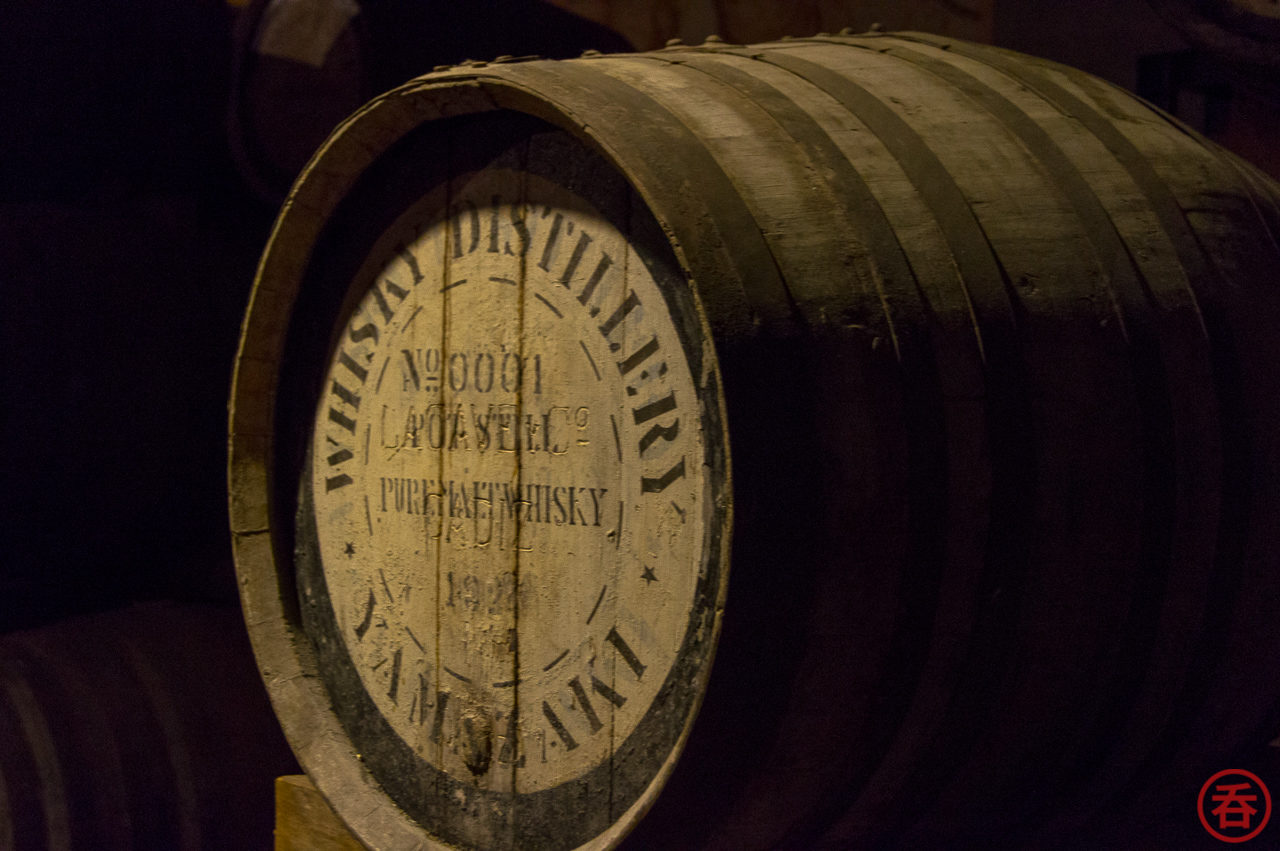
Hi there! I created and run nomunication.jp. I’ve lived in Tokyo since 2008, and I am a certified Shochu Kikisake-shi/Shochu Sommelier (焼酎唎酒師), Cocktail Professor (カクテル検定1級), and I hold Whisky Kentei Levels 3 and JW (ウイスキー検定3級・JW級). I also sit on the Executive Committees for the Tokyo Whisky & Spirits Competition and Japanese Whisky Day. Click here for more details about me and this site. Kampai!

